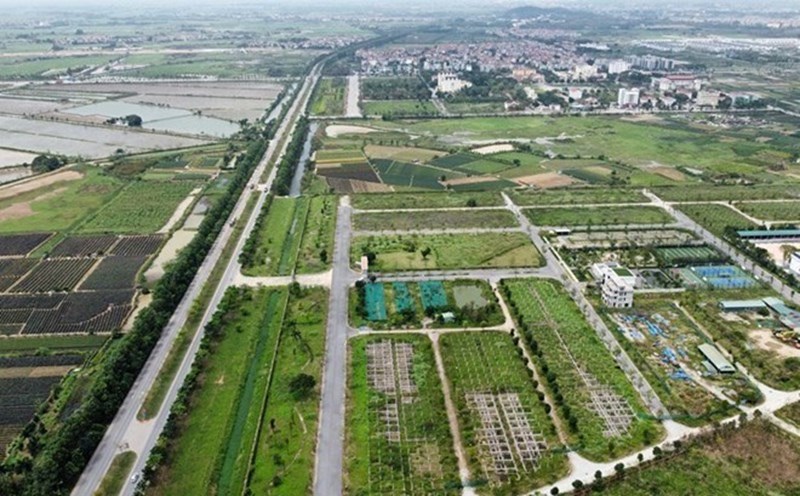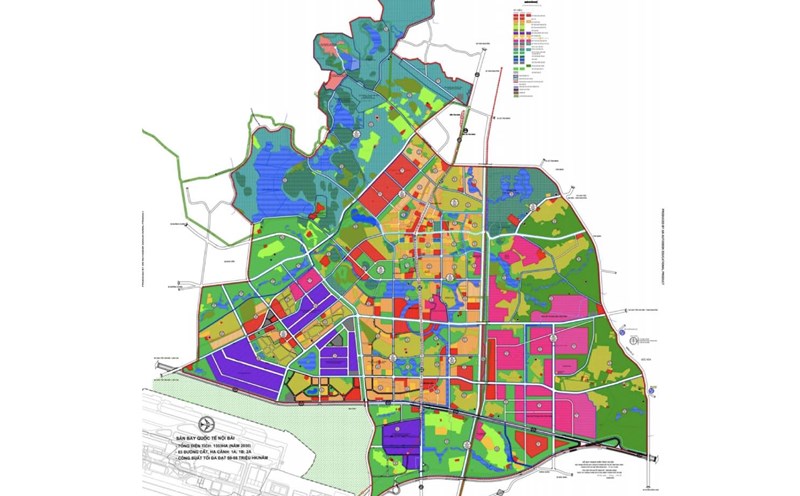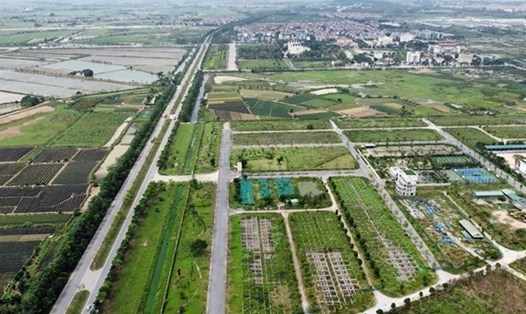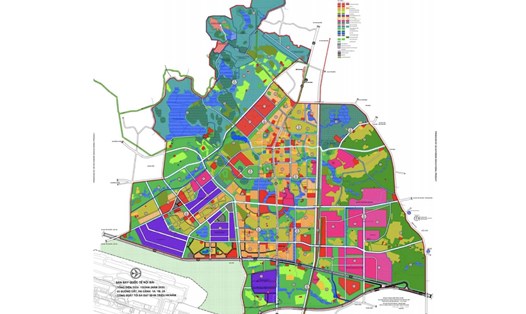According to a report by the Hanoi Department of Construction, although the infrastructure has been completed or there are residents, these urban areas are still not connected to the city's general transportation system. This situation is leading to local congestion in many areas, which is one of the main reasons for increased pressure on urban traffic infrastructure.
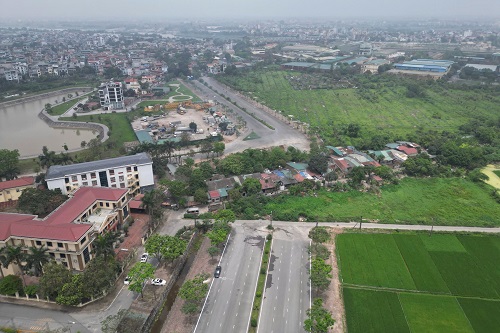
The main reason is determined to be that many investors have not completed legal documents, especially the Ministry of Construction has not yet accepted the technical infrastructure system. Without a acceptance record, the project cannot be handed over to the management authority, which means it cannot be connected to the general transportation system.
Speaking to Lao Dong Newspaper reporter, Mr. Nguyen Van Thanh (former Chairman of the Vietnam Automobile Transport Association) said that the above situation reflects the lack of synchronization in project implementation and state management mechanisms. If not resolved promptly, urban areas with " isolated" infrastructure will continue to hinder urban traffic, prolong congestion, and reduce the efficiency of public investment.
Mr. Nguyen Van Thanh analyzed that internal traffic infrastructure needs to be considered a part of the overall network. If the entire urban area is accepted before connecting the infrastructure, it will slow down the operation progress, causing waste of social resources.
In fact, many urban areas in Hanoi are existing as "independent construction blocks", lacking connectivity with the public transport system. Although the infrastructure inside has been invested in a thorough manner, it has been "essedulated" by fences, control gates, and internal routes not opening up the main traffic axes. This is not only a waste but also goes against the goal of sustainable urban development.
In particular, the cluster of urban areas in inner-city and suburban districts such as Ha Dong, Thanh Xuan, Nam Tu Liem is creating "blind spots" in planning. Instead of becoming an organic part of the urban area, many urban areas are in a state of "closed", not connected to buses, not creating a continuous traffic flow. People outside cannot pass through, and people inside have difficulty going out during rush hour.
At the same time, Mr. Do Van Thach - General Director of Dova Land Real Estate Company (in Thanh Xuan, Hanoi) - also said that the situation of "closed" urban areas not only disrupts traffic flow but also limits access to public services such as transportation vehicles, schools, hospitals, traditional markets, etc.
Accordingly, not only the 16 urban areas mentioned, Hanoi needs to review all 262 urban areas that have been and are being implemented in the area, in order to identify shortcomings in traffic infrastructure and have a direction for overall adjustment, ensuring connectivity, better serving the travel needs of the people.
Along with that, the Ministry of Construction needs to study and soon propose amendments to regulations related to acceptance and handover of technical infrastructure - especially traffic routes - in a flexible direction, allowing the separation of traffic to put it into operation soon, avoiding "freezing" infrastructure, causing urban congestion.
For urban areas that have completed the infrastructure, it is necessary to dismantle the barriers that are separating the internal roads and the common transportation network, including: An Hung new urban area; Le Trong Tan urban area - Park City Hanoi; Duong Noi urban area (Ha Dong district); Sai Dong ecological urban area; Software technology park in Phuc Loi ward; Mixed projects of Software Technology Park (Long Bien District); Hapulico commercial, office and housing area (No. 1 Nguyen Huy Tuong, Thanh Xuan District); Tay Ho Tay urban center (Bac Tu Liem district); Thinh Liet new urban area; The South Manor Central Park (Hoang Mai District) and Cau Buoi New Urban Area (Thanh Tri District).
In addition, there are 5 urban areas that have been put into operation but have not yet completed a number of internal routes to connect with the city's traffic network, including: Co Nhue New Urban Area; CT1 high-rise building cluster in Nam Thang Long urban area (Bac Tu Liem district); Dai Mo urban functional area - phase I (Dai Mo ward); Functional area including trees, regulating lakes, public works and houses in Me Tri ward (Nam Tu Liem district) and Urban functional area at 74 Nguyen Trai (Thanh Xuan district).

